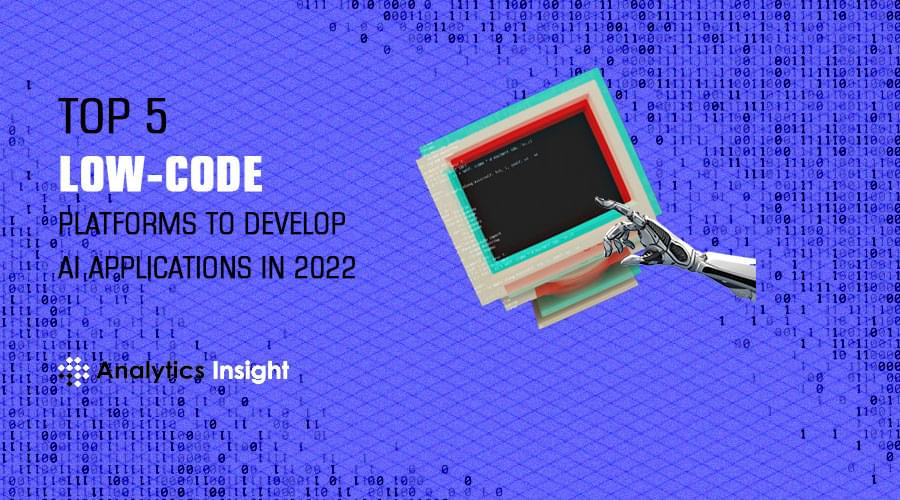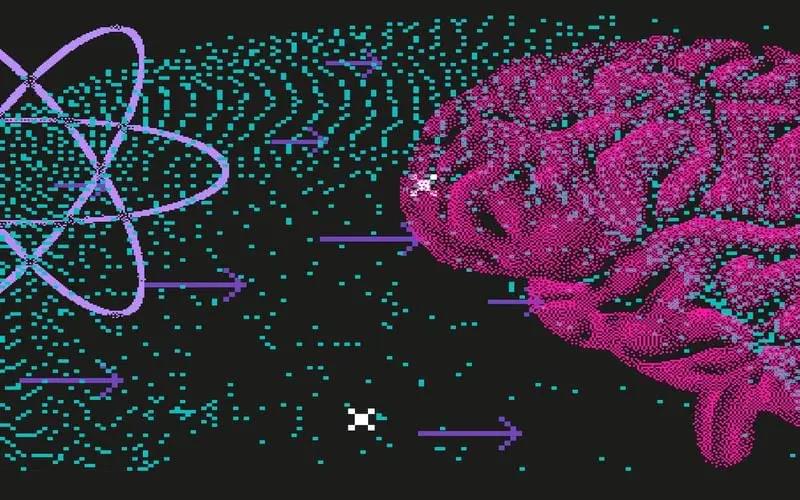Offutt will receive three refurbished tankers-turned-nuclear reconnaissance planes in the next year.


When communication lines are open, individual agents such as robots or drones can work together to collaborate and complete a task. But what if they aren’t equipped with the right hardware or the signals are blocked, making communication impossible? University of Illinois Urbana-Champaign researchers started with this more difficult challenge. They developed a method to train multiple agents to work together using multi-agent reinforcement learning, a type of artificial intelligence.
“It’s easier when agents can talk to each other,” said Huy Tran, an aerospace engineer at Illinois. “But we wanted to do this in a way that’s decentralized, meaning that they don’t talk to each other. We also focused on situations where it’s not obvious what the different roles or jobs for the agents should be.”
Tran said this scenario is much more complex and a harder problem because it’s not clear what one agent should do versus another agent.

With the growing technological advancements, it is now possible to create complex applications without spending huge amounts of money, waiting for months and years, and employing multiple developers. The introduction of low-code and no-code platforms has made it possible to build applications integrated with advanced technologies. Here, we have listed some of the most prominent low-code platforms that developers can use to create AI applications in 2022.
Microsoft PowerApps: Microsoft PowerApps is a low-code platform that allows users to create business applications without writing code. The platform uses a drag-and-drop interface to build applications from a set of pre-built components that enables citizen developers to create business applications without writing code.
Salesforce Platform: Salesforce Platform is the first low-code platform that delivers the power and flexibility of an enterprise-grade custom app with the speed, agility, and simplicity of a SaaS app. It provides a visual drag-and-drop interface for creating applications and it offers a variety of ready-to-use templates.

From its very inception quantum mechanics troubled physicists. It seemed to challenge our conception of reality and lead to apparent contradictions. One of the founders of quantum mechanics, Ernst Heisenberg, questioned whether the theory offered a description of reality at all. Others, like Niels Bohr, claimed that somehow human consciousness played a role in the theory. In this interview, Carlo Rovelli explains Heisenberg’s anti-realist motivations, clarifies the role of the “observer” in quantum mechanics, and articulates his relational interpretation of the theory, according to which reality is a network of interactions.
Carlo Rovelli will debate Sabine Hossenfelder and Eric Weinsten in the FREE IAI Live event, ‘Quantum Physics and the End of Reality’ on July 25th. Learn more here.
The founders of quantum mechanics were very uncomfortable with its results – famously Einstein thought it an incomplete theory and quipped “God doesn’t play dice”, and Schrödinger abandoned physics altogether for biology. What was so radically different about quantum mechanics than classical physics that caused such discomfort to its own creators?


Tokyo confirmed 20,401 new COVID-19 cases Wednesday, topping 20,000 for the first time since Feb. 5, while Osaka Prefecture reported a record high 21,976 infections, contributing to an unprecedented nationwide daily total of over 150,000 new cases.
Asked earlier in the day about prefectures reporting high case counts, Chief Cabinet Secretary Hirokazu Matsuno had reiterated that the central government would not be imposing any restrictions on people’s movements.


July 20 (Reuters) — The World Health Organization (WHO) has confirmed 14,000 cases of monkeypox worldwide, with five deaths reported in Africa, Director General Tedros Adhanom Ghebreyesus said on Wednesday.
Most of the cases reported thus far have been found in Europe, particularly among men who have sex with men, the WHO said, although all the deaths have occurred in Africa, the region where monkeypox outbreaks have historically been found.
On Thursday, the WHO will convene the second meeting of a committee that will decide whether the outbreak is a public health emergency of international concern (PHEIC), its highest level of alert.

Civilization will not last forever! Here are some bold predictions that will bring on the end of everything as we know it! Can you guess what will be the world-ending event that causes the collapse of civilization?
🔔 SUBSCRIBE TO THE INFOGRAPHICS SHOW ►
🔖 MY SOCIAL PAGES
TikTok ► https://www.tiktok.com/@theinfographicsshow.
Discord ► https://discord.gg/theinfographicsshow.
Facebook ► https://www.facebook.com/TheInfographicsShow.
Twitter ► https://twitter.com/TheInfoShow.
💭 Find more interesting stuff on:
https://www.theinfographicsshow.com.
📝 SOURCES: https://pastebin.com/K6WQE0NW
All videos are based on publicly available information unless otherwise noted.